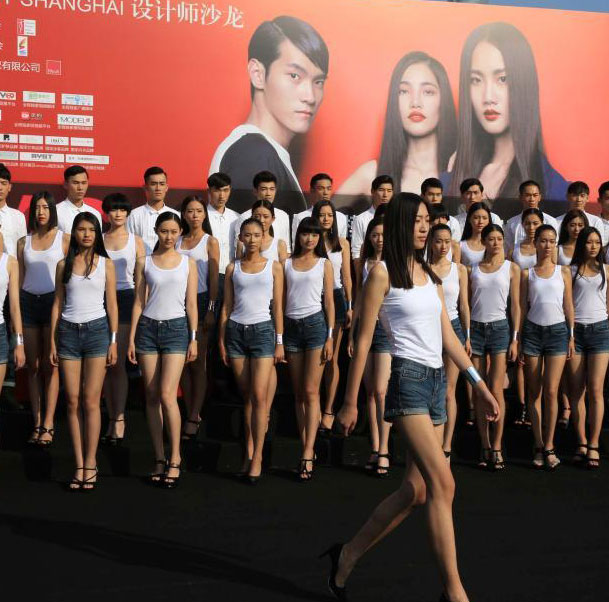 Get off at the last stop — Beijing Subway in vision
Get off at the last stop — Beijing Subway in vision
 Top 100 beauties in the world!
Top 100 beauties in the world!
 Gallery: Who is the most beautiful one?
Gallery: Who is the most beautiful one?
 If you like autumn, put your hands in the air!
If you like autumn, put your hands in the air!
 Fan Bingbing's "Queen style" in new play
Fan Bingbing's "Queen style" in new play
 Lingerie show at 2014 Miss China
Lingerie show at 2014 Miss China
 J-10 fighters show aerobatic stunts in smog-free sky
J-10 fighters show aerobatic stunts in smog-free sky
 Charming contestants of Shanghai Int’l Model Contest
Charming contestants of Shanghai Int’l Model Contest
 Most amazing chi-pao beauties
Most amazing chi-pao beauties
 7 deadly animal attacks
7 deadly animal attacks
SHIJIAZHUANG, Dec. 2 -- Eight coffins from Qing Dynasty (1636-1912) imperial figures, including Emperor Qianlong and Empress Dowager Cixi, will be moved to prevent them from decay, said archeologists in north China's Hebei Province.
All of the coffins are housed in the imperial family's royal tombs, now named as Eastern Qing Tombs in Zhunhua City, Hebei.
Coffin rescue and restoration work approved by the State Administration of Cultural Heritage and will use traditional carpentry and painting, Wang Zhaohua, Head of Cultural Relics Management Office of Eastern Qing Tombs, said.
The tombs were looted in 1928 with a large amount of rare treasures, buried as funeral objects, especially from the tombs of Empress Dowager Cixi and Emperor Qianlong, were ransacked. The coffins were split open by the troops of warlord Sun Dianying.
The coffins have since been decaying in the tombs, dubbed as the "underground palace", where the environment was humid.
"We need to remove the decayed parts and repair them using low nitrogen oxygen technology in order to conserve the coffins for the long term. The Maintenance cost is estimated at 15 million yuan (2.4 million dollars) preliminarily," said Wang.
The Eastern Qing Tombs consist of 15 mausoleums and 586 individual buildings housing 161 Qing Dynasty imperial family members.
 Taiwan democracy faces long-term test
Taiwan democracy faces long-term test Heeding defense needs, China’s aircraft carrier ambitions appear to move closer to reality
Heeding defense needs, China’s aircraft carrier ambitions appear to move closer to reality Corruption crackdown follows cases of people paying to pass their driving tests
Corruption crackdown follows cases of people paying to pass their driving tests Preventing mother-to-child transmission of HIV in China
Preventing mother-to-child transmission of HIV in ChinaDay|Week|Month